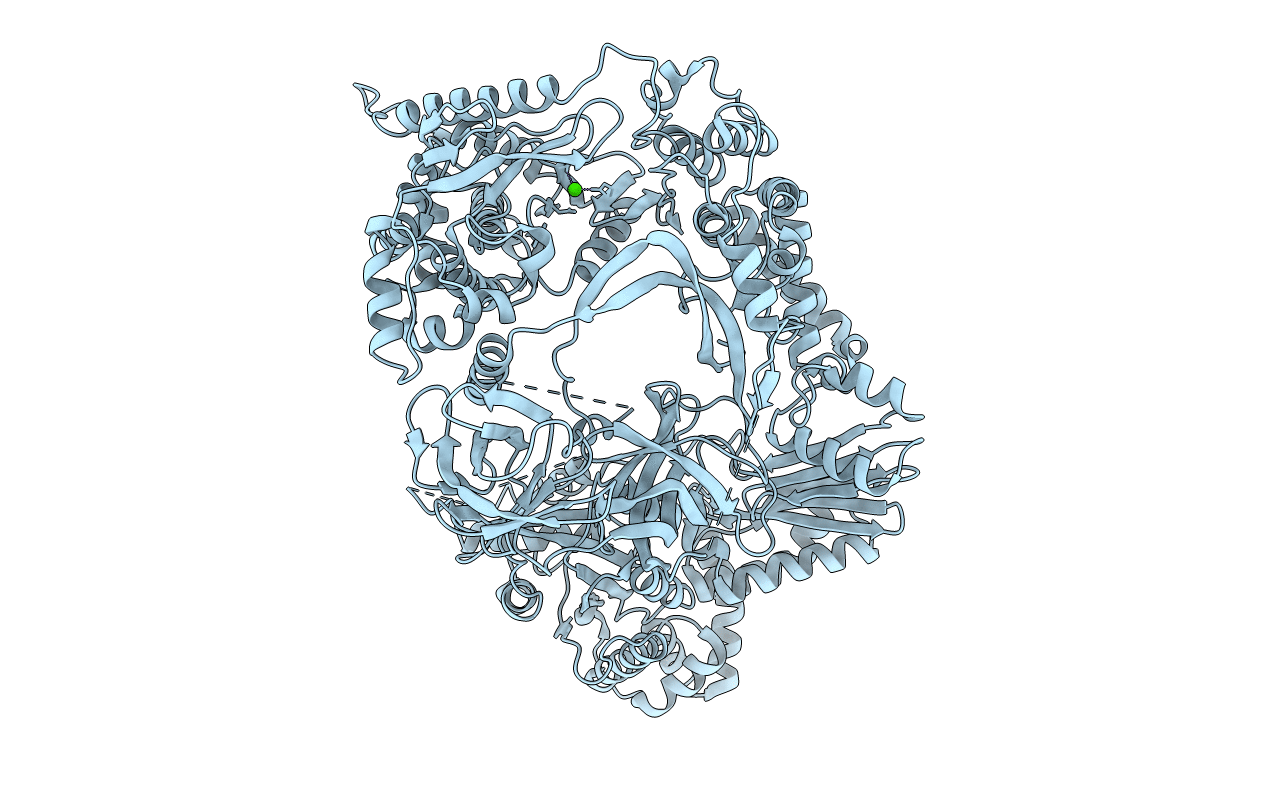
Deposition Date
2010-04-06
Release Date
2010-09-01
Last Version Date
2024-03-13
Entry Detail
Biological Source:
Source Organism:
Escherichia coli O157:H7 (Taxon ID: 83334)
synthetic construct (Taxon ID: 32630)
Escherichia phage Qbeta (Taxon ID: 39803)
synthetic construct (Taxon ID: 32630)
Escherichia phage Qbeta (Taxon ID: 39803)
Host Organism:
Method Details:
Experimental Method:
Resolution:
2.80 Å
R-Value Free:
0.28
R-Value Work:
0.21
Space Group:
C 2 2 21


